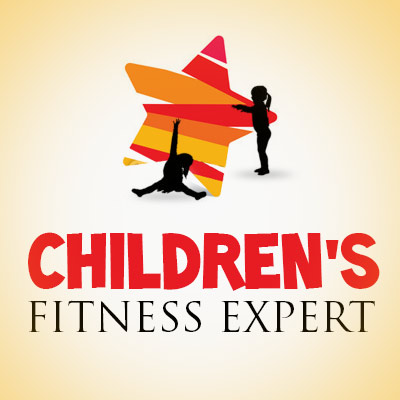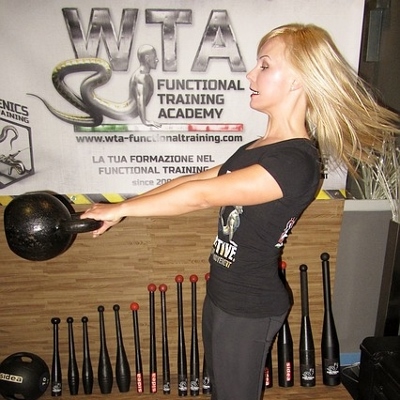 The fall sports season is almost half over and like those professionals we see on the television, there are a number of children out there with sports related injuries. Maintaining a healthy, fit lifestyle means there will be some injuries. Last month we discussed one of the more serious injuries-concussions and low grade traumatic brain injuries. These have both short term and potentially long term effects especially if there are multiple events. However, most childhood sports injuries are related to soft tissues such as tendons (connect muscle to bones), and ligaments (bone to bone and growth plate fractures/injuries). These injuries are often referred to as overuse injuries and occur when the activity causes a repetitive action stressing one of these soft tissues. The most common joints are the shoulder and elbow with throwing injuries and wrist and hand injuries with sports requiring a prolonged grip such as tennis and golf. Running and skating sports cause lower extremity injuries such as hip, knees and ankle injuries. Sometimes known as strains, sprains, and tears, these injuries can often be overlooked or minimized. In fact, in a recent study, 43% of student athletes polled stated that they downplay an injury as to not let down their team or coach.
The fall sports season is almost half over and like those professionals we see on the television, there are a number of children out there with sports related injuries. Maintaining a healthy, fit lifestyle means there will be some injuries. Last month we discussed one of the more serious injuries-concussions and low grade traumatic brain injuries. These have both short term and potentially long term effects especially if there are multiple events. However, most childhood sports injuries are related to soft tissues such as tendons (connect muscle to bones), and ligaments (bone to bone and growth plate fractures/injuries). These injuries are often referred to as overuse injuries and occur when the activity causes a repetitive action stressing one of these soft tissues. The most common joints are the shoulder and elbow with throwing injuries and wrist and hand injuries with sports requiring a prolonged grip such as tennis and golf. Running and skating sports cause lower extremity injuries such as hip, knees and ankle injuries. Sometimes known as strains, sprains, and tears, these injuries can often be overlooked or minimized. In fact, in a recent study, 43% of student athletes polled stated that they downplay an injury as to not let down their team or coach.
So how do we keep our children active and safe? We have to start even before the season starts.
- The child should be active all year round but not necessarily in organized sports, and they should be working out regularly.
- Proper training and strengthening the muscles around the joints helps protect the soft tissues. A proper training regimen should be supervised by a properly trained adult and should be age appropriate.
- The coach must inform his charges of the importance of honesty about their injuries.
- They should consider playing all of his players and not give any undo strain to a select few on the team.
- The goal is to allow the child to have fun, but it is also important to give a child rest at least one day a week during the active sports season.
- There should be some down time between seasons, too.
- Good hydration helps since dehydration causes fatigue increasing the risk of injury on the field.
Growth plate issues are very serious. These are the areas at toward the end of the long bones where all of the growth occurs. When the child is actively growing, these areas are relatively weak compared to the bone themselves. Repetitive activity can cause a break within this zone since this area is where the bone grows both longer and wider. Should one limb be involved, then there could be a length discrepancy when the child has finished growing.
Any new and/or increased activity can cause some aches and pains. This tells us that we have worked out. However, this discomfort should be relatively mild. Should after a workout a child has difficulty walking, moving. or perhaps limping slightly, then the child has been overworked increasing his/her chance of any one of these injuries. Cheer on your child but make sure they are being safe and staying healthy throughout the entire season and entire year.
To reduce the risk of injury:
- Time off. Plan to have at least 1 day off per week from a particular sport to allow the body to recover.
- Wear the right gear. Players should wear appropriate and properly fit protective equipment such as pads (neck, shoulder, elbow, chest, knee, and shin), helmets, mouthpieces, face guards, protective cups, and/or eyewear. Young athletes should not assume that protective gear will protect them from performing more dangerous or risky activities.
- Strengthen muscles. Conditioning exercises during practice strengthens muscles used in play.
- Increase flexibility. Stretching exercises before and after games or practice can increase flexibility. Stretching should also be incorporated into a daily fitness plan.
- Use the proper technique. This should be reinforced during the playing season.
- Take breaks. Rest periods during practice and games can reduce injuries and prevent heat illness.
- Play safe. Strict rules against head first sliding (baseball and softball), spearing (football), and body checking (ice hockey) should be enforced.
- Stop the activity if there is pain.
- Avoid heat injury by drinking plenty of fluids before, during, and after exercise or play; decrease or stop practices or competitions during high heat/humidity periods; wear light clothing.
See more by clicking here.





